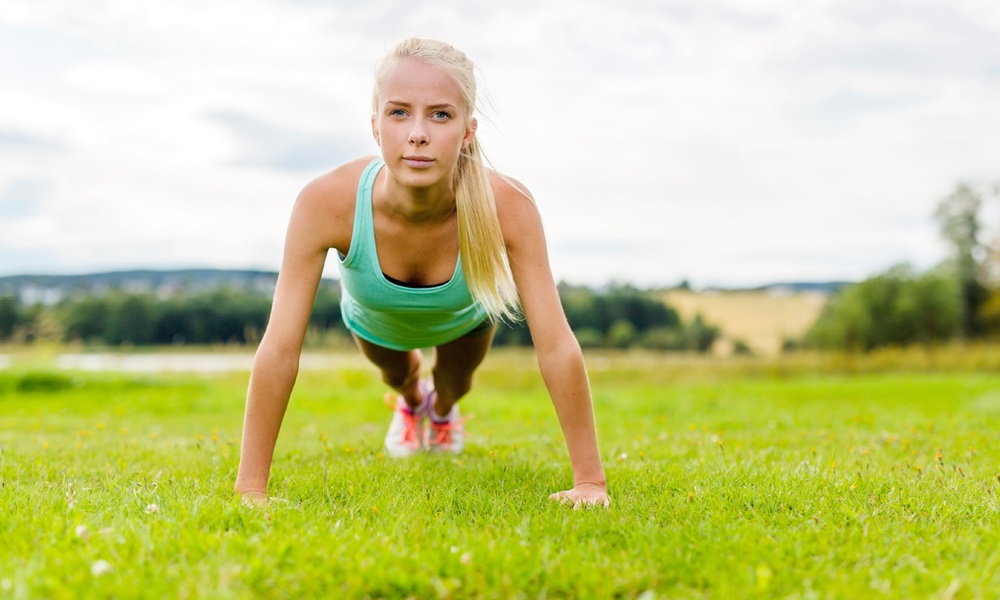Sometimes very small changes bring big results. A program designed to encourage overweight teens and tweens to spend more time skateboarding, skipping rope and just walking in local parks, playgrounds and sidewalks quickly helped them increase the amount of time they spent being active each day by over 25%.
The beauty — and success — of the program lies in its simplicity. Many of the programs aimed at getting kids to be more active rely on structured school sports and fitness programs that take place in out-of-the way settings, so they “have had very limited success because they are not easily integrated into the participant's life and may not be sustainable,” according to researcher Nicolas Oreskovic. “Once the study ends and the activity created for the study is no longer available, participants return to their usual habits and activities.”
The program, on the other hand, relies on the use of permanent locations that are nearby, free to all, and generally available year round. It also allows teens and tweens to identify and choose their own activities, as well as where they take place. “And when participants learn to identify opportunities within their own neighborhoods, that's a skill they can carry with them the rest of their lives and apply wherever they live - be it in Boston, Paris or Santiago," notes Oreskovic, a pediatrician at Massachusetts General Hospital and an assistant professor of pediatrics at Harvard Medical School.Nine more minutes a day may not sound like a big increase in activity, but it's over an hour a week.
After their baseline of activity was measured, they were divided into two groups. Those teens in the control group received a handout outlining their current activity level, based on the recorded data, along with standard recommendations regarding diet and exercise.
Those in the intervention group, along with their parents or guardians, met with Dr. Oreskovic to discuss the physical activity revealed by the tracker and then looked over a map that showed their home, school and locations where they had been during the week. Together, they discussed specific locations and facilities in the area that could be used to increase their physical activity and ways they might like to do so. Each participant chose a new physical activity and set their own goal for how much time they would spend engaged in it each week.
They also received a small gift — a ball, Frisbee or jump rope — to help them be active, as well as a weekly text or phone message reminding them of their goal.
One month later and again two to three months later, all participants wore the GPS and activity monitors for another week and then met with the doctor to go over their progress.
Nine more minutes a day may not sound like a big increase in activity, but it's over an hour a week. Current guidelines call for adolescents to engage in 60 minutes of moderate-to-vigorous physical activity daily.
Other studies have shown that the more time kids spend outside, the higher their activity level. They're also less likely to become overweight or obese. So just getting them outside seems to be half the battle, another gentle nudge that can help kids find their own ways to be healthy.
The study appears in the Journal of Adolescent Health.





